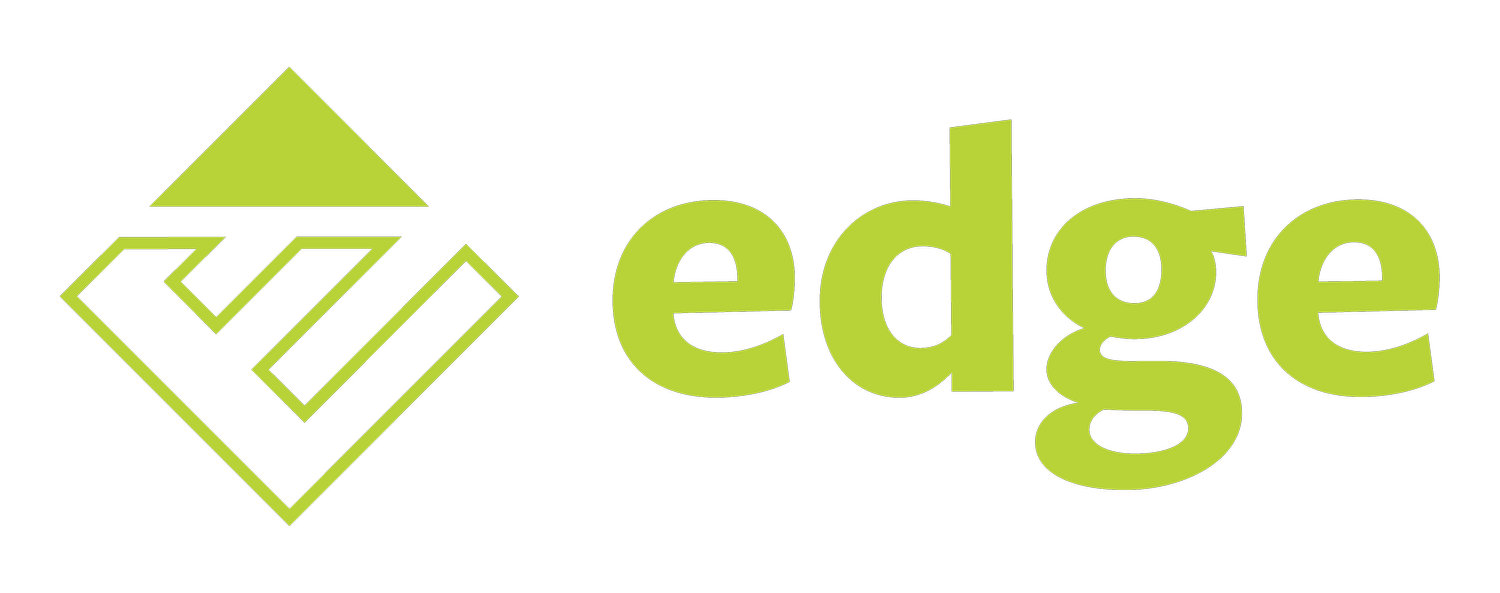A bit of EDGE history
Discover something new about the EDGE programme
The new year marks another milestone for EDGE, reaching 22 years of innovative clinical research management. As we enter the new year, we thought it would be a great opportunity to share some history behind EDGE and how it has grown throughout the years.
Let’s go back to the year 2000 when EDGE wasn’t actually called EDGE, it was called NOTIS (Network Oncology Trial System). Our Director, Professor James Batchelor, at this time was setting up Southampton’s Cancer Research Network, working for the University of Southampton, based at Southampton General Hospital. During this time James realised that no one actually knew what research was taking place on a broader scale, they only really knew what was happening locally. There were no web-based systems in place and all information that was needed to report back to the Coordinating Centre as a CRN was on paper. James knew that they needed to take an existing internal system (NOTIS) and transform it into something that was web-based and would allow other research centres to join and collaborate. The journey began. James and his colleague, David Miller (who was the only Developer at the time), set to work on making the idea into reality.
NOTIS changed in 2002 and it became ETIS (Enterprise Trial Information System). Unfortunately, when people Googled it, they quickly discovered it was the same acronym used for the global elephant tracking information system. This lead to lots of people trying to log in to track elephants instead of clinical trials! As you can imagine, this wasn’t ideal, so the name changed again for a third and final time to EDGE, with version 1 of the EDGE platform launching in 2005. You might be wondering, ‘What does EDGE stand for?’ The fact is EDGE was just a code name and it doesn’t actually stand for anything! Nevertheless, the name has certainly worked extremely well and has developed into the EDGE programme it is today.
Fast forward to 2007, where further members joined the team, including Lawrence Surey and Tobias Carlton-Prangnell. (This meant James and David had more company in the University of Southampton’s basement of the Duthie building!) Lawrence was employed to offer support to end-users and Tobias took the first Knowledge Officer position to manage the EDGE accounts. A year later, our second Developer started, Andy Bush, who along with James, David, and Lawrence, are still working here today.
As the years passed, more and more members joined the department to support the ever-growing EDGE user-base and as of today, EDGE is implemented in over 80% of the NHS throughout the UK whilst making an impact globally. EDGE subscriptions are now throughout Canada, as well as within a number of other countries including New Zealand, South Africa, Belgium, India and South Australia. We support over 32,000 users with still a relatively small team of 5 Knowledge Officers, 4 Developers, 1 Test Analyst and 1 Data Analyst. The department as a whole (CIRU) has grown massively, however, with close to 50 staff members, the majority of whom work on non-EDGE related things.
A lot of people think we (EDGE) are a commercial company, making lots and lots of money, with hundreds of staff but they couldn’t be more wrong. We are just a small team from a not-for-profit University department, but it’s safe to say we are doing BIG things.







